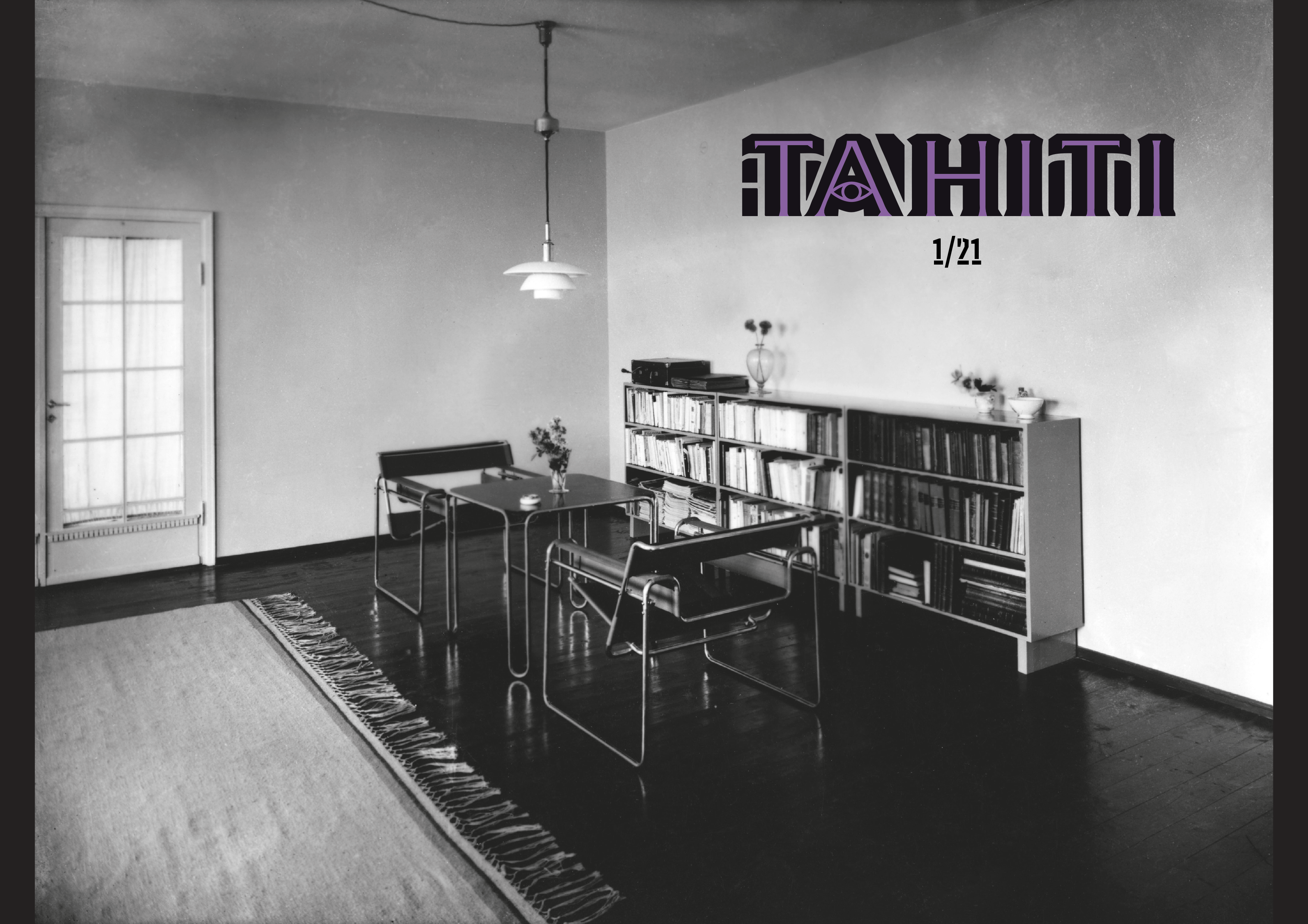From Immaterial to Material
Some Reflections on the Art Historical Genealogy of the Bauhaus Design Icons
Abstract
One hundred years after the foundation, the Bauhaus is well known as the epitome of modern design with countless books, articles and reviews illustrating a vivid discourse on how the Bauhaus influenced the design development since then. Greater parts of this discourse are dedicated to a rather material approach by pointing out the contradictions of Bauhaus design: the promise of creating prototypes for serial production on the one side and the actual products which are often handmade original art works, rather crafted in exquisite materials than designed for the masses.
Walter Gropius’s original idea for his school thereby was about educating and inspiring modern individuals, teaching them how to work with their hands as well as their minds, how to reflect on the surrounding world, unifying hand crafting skills and artistic personality in times of the Machine Age. In the very special case of the correlation between design work as material product and the process of creating a design idea with all its psychological and personal implications must be differentiated. Especially the early spiritual and philosophical Bauhaus had set the base for a strong community, welded together by idealism, artistic spirit of creativity and strong faith in the sociocultural power of form and design.









